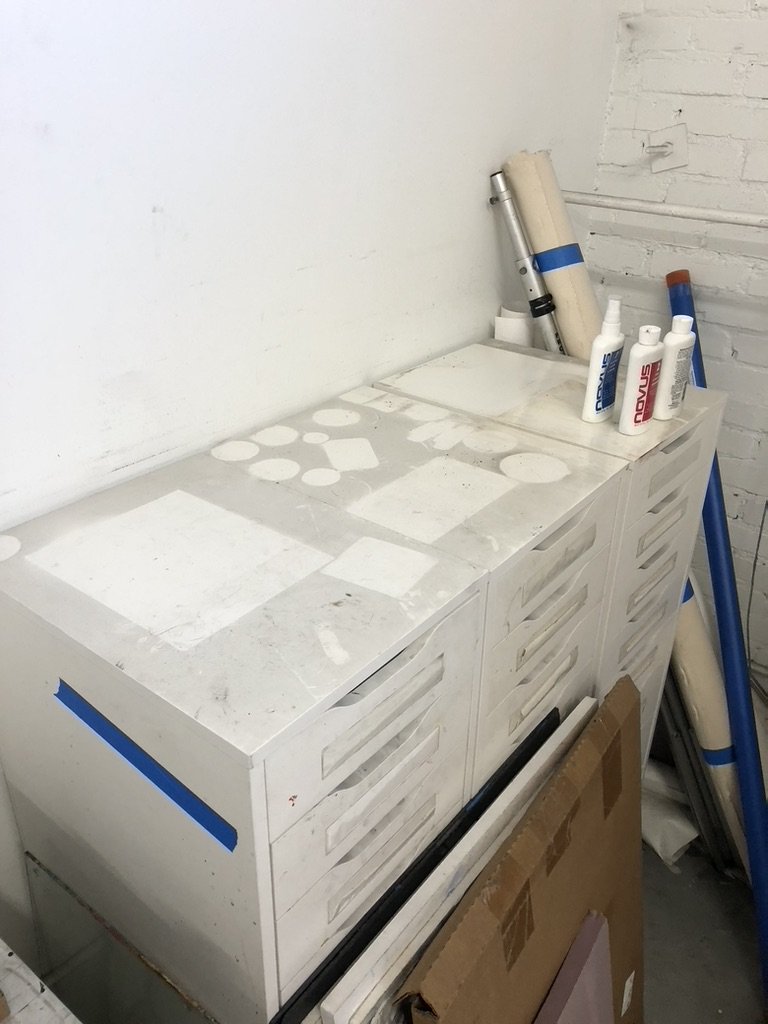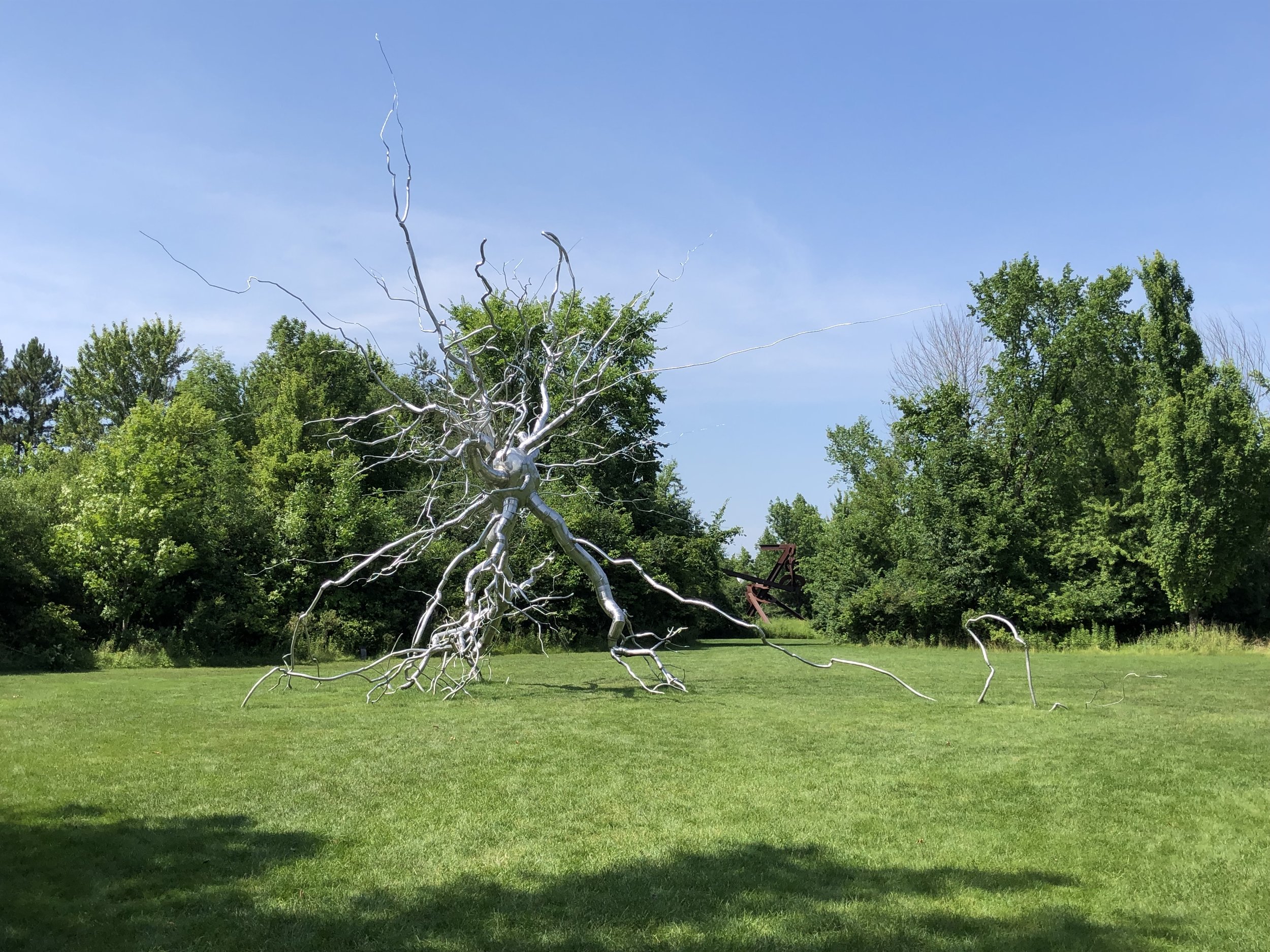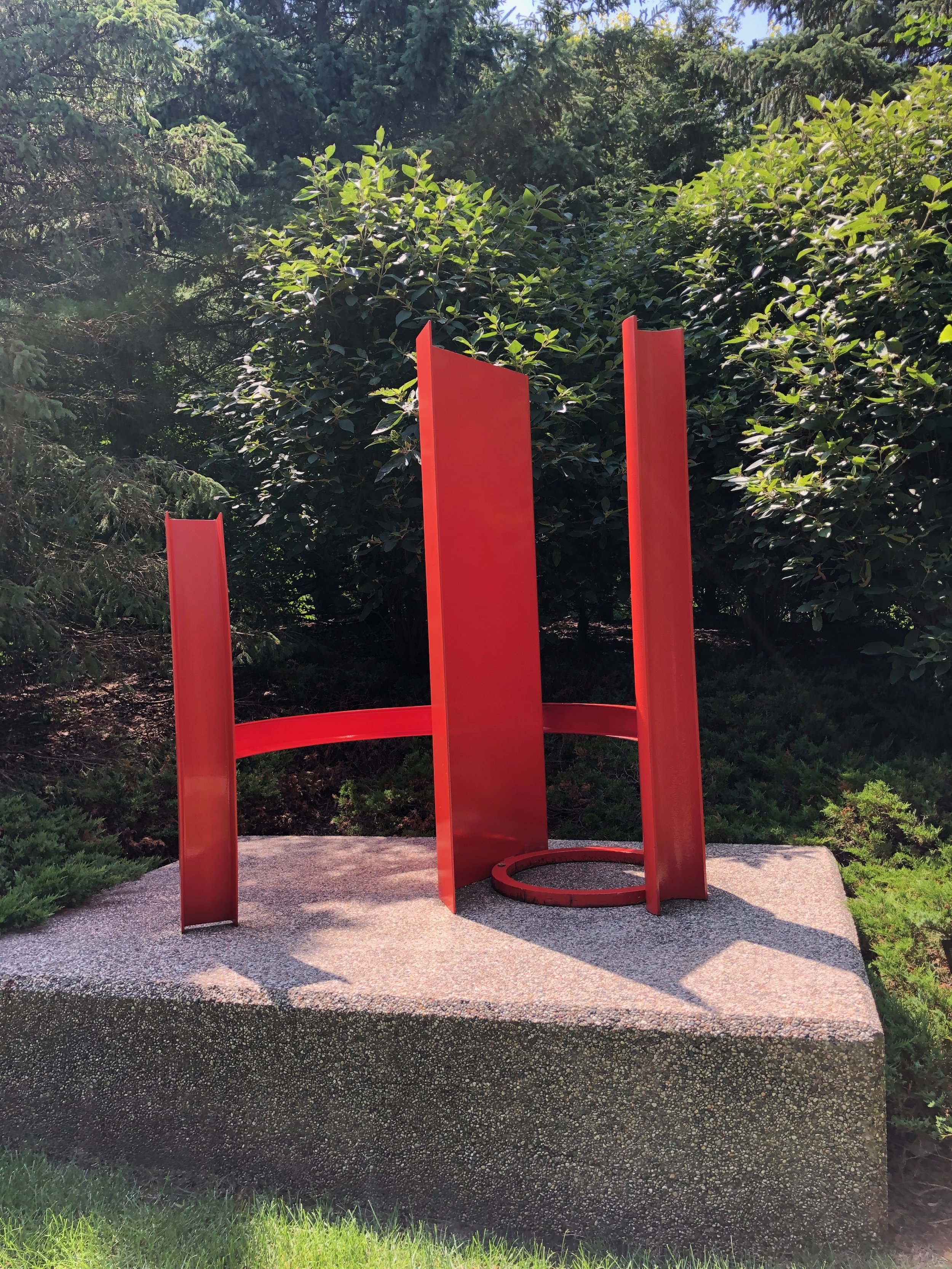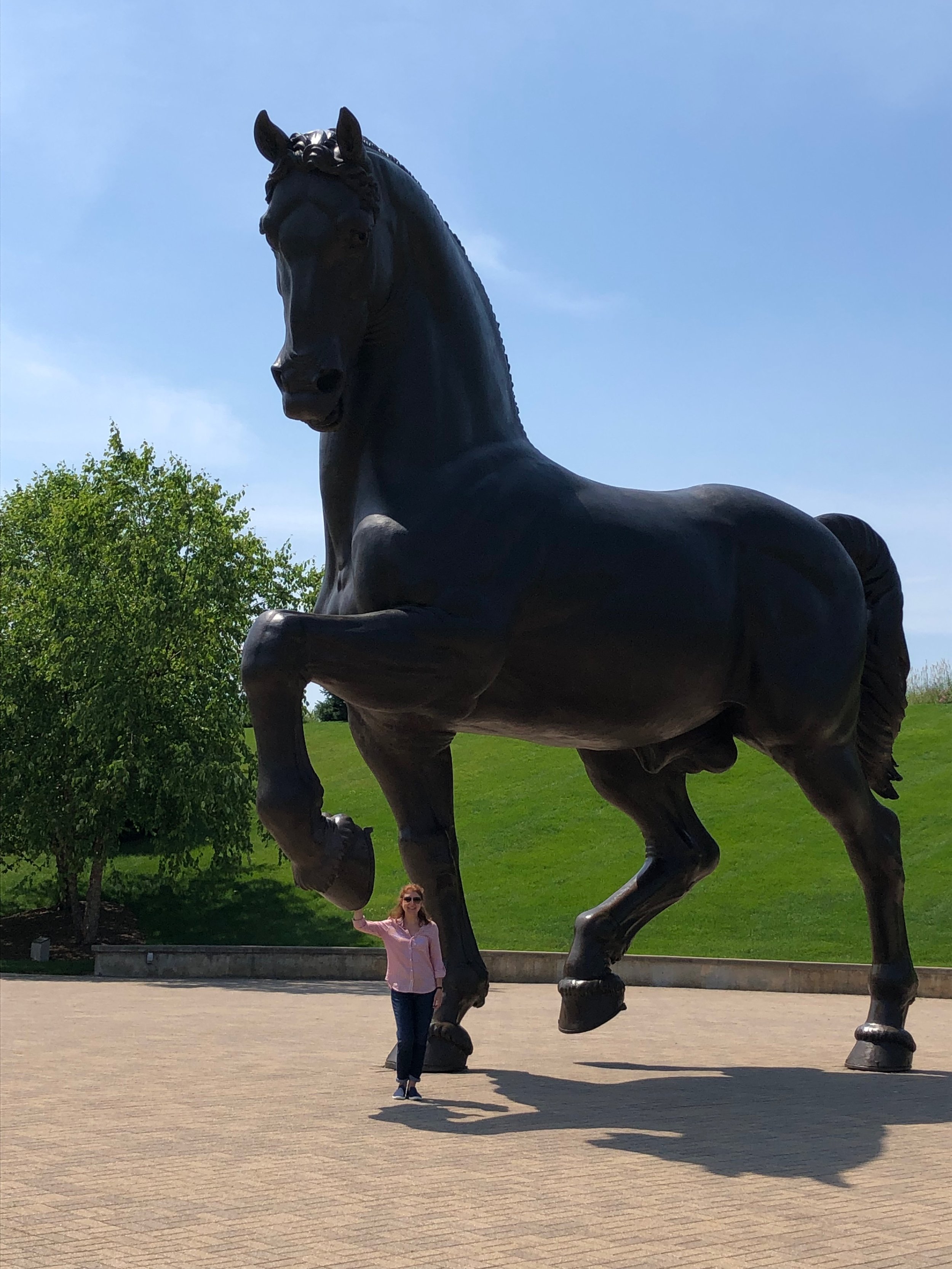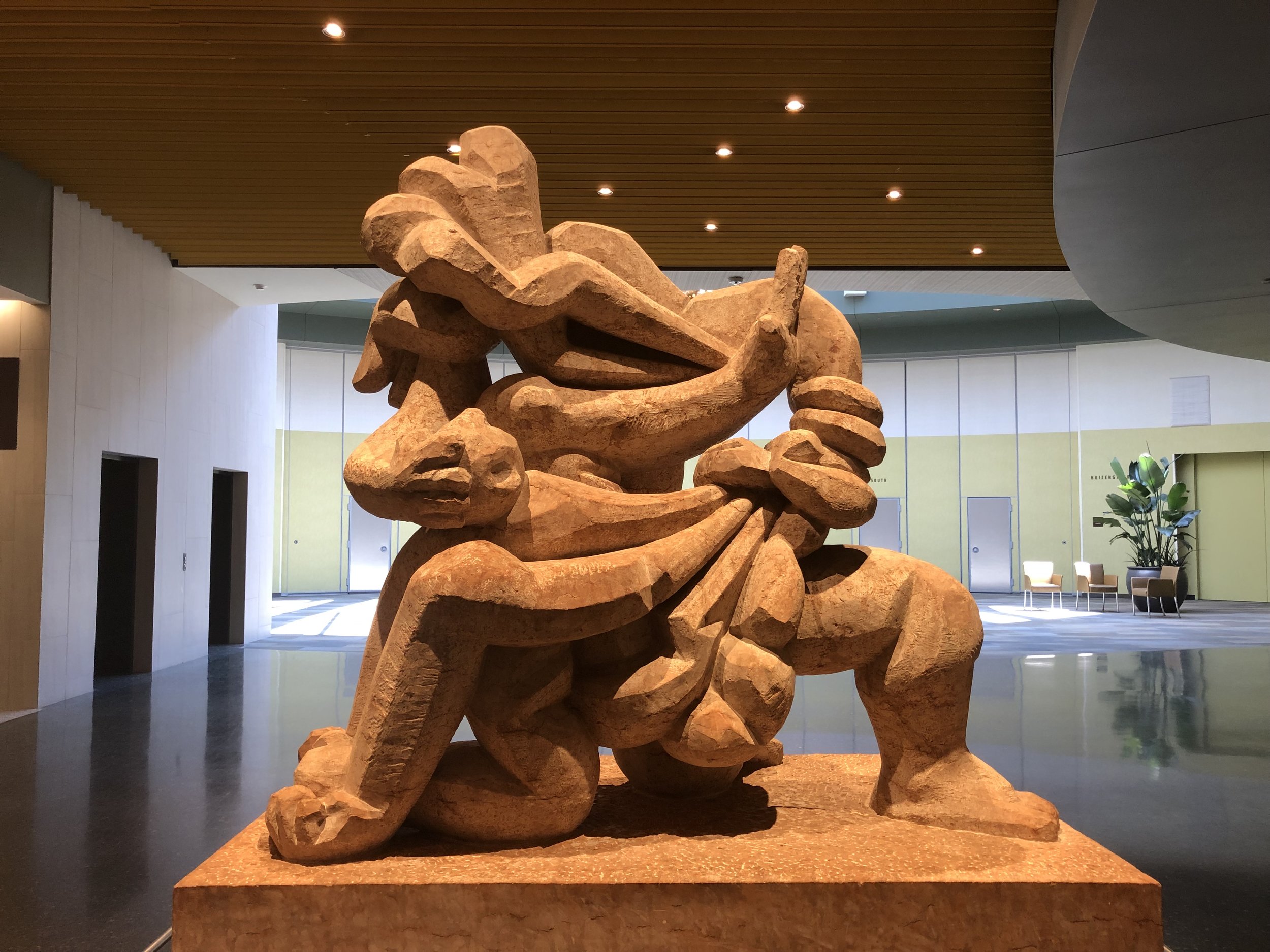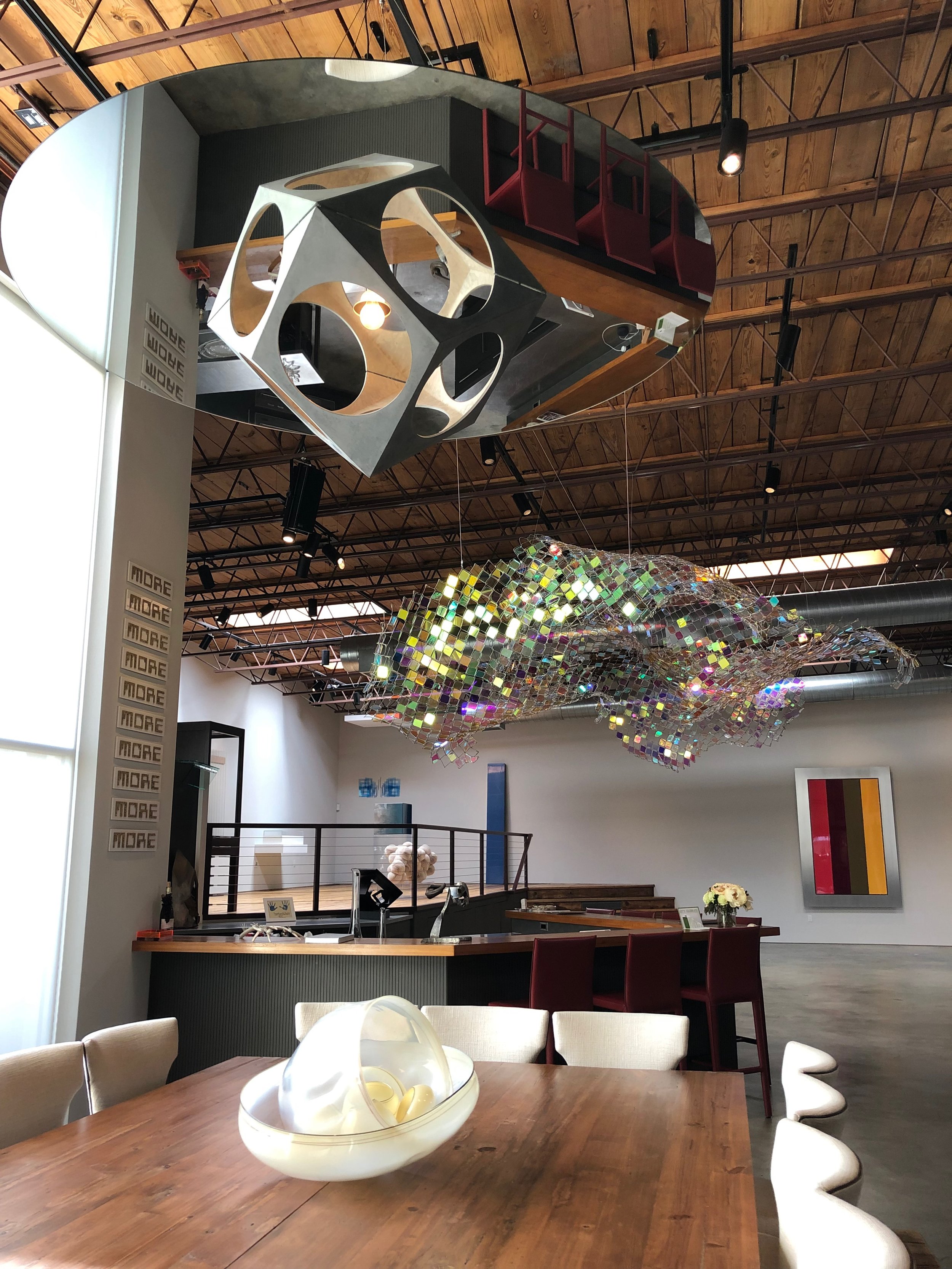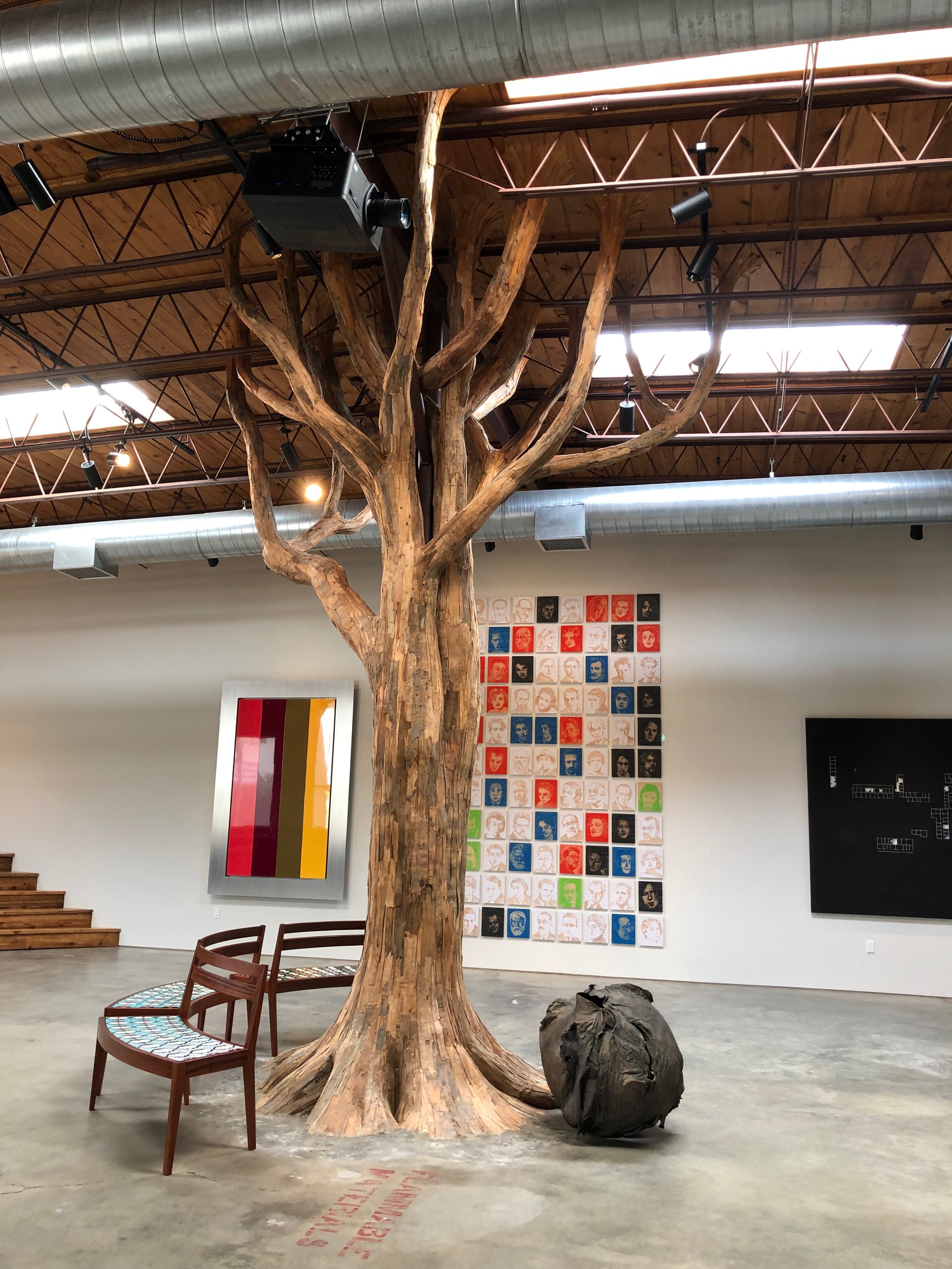The Importance of Provenance for Artworks
/This "Rothko" was sold by a New York gallery with a long-standing reputation and subsequently revealed as a fake. The absence of a substantive provenance should have been a red flag.
Provenance, or the “life story” of a work of art, plays a crucial role in validating an artwork's authenticity and often can affect its value. A well-documented provenance offers a record of the artwork’s journey through time, tracing its ownership history and detailing where it has been displayed or exhibited. For blue-chip artworks, this background can add significant value by assuring collectors of the piece’s legitimacy and highlighting connections to notable past owners or prestigious collections.
Beyond authenticity, provenance adds a compelling narrative layer to the artwork, allowing collectors to feel a deeper connection to its history. Artworks that have been part of significant exhibitions or owned by renowned collectors often carry a unique prestige that sets them apart in the marketplace. This context not only increases an artwork’s cultural value but can also be a deciding factor for buyers looking to make a lasting investment.
Some challenges can arise when researching provenance, such as omissions (intentional or not) or gaps in the timeline. Of special concern are works which predate the second World War with any gaps during the war years. Another challenge is the fact that some artists’ foundations and estates, primary sources of information, often decline to offer their opinions for fear of legal action. And there is always the question of privacy. How can we establish a complete, verifiable provenance record if some private collectors, understandably, prefer to remain anonymous?
Despite these challenges, and through collaborative efforts, we are often able to establish a comprehensive record using various sources such as Catalogues Raisonnés, and online archives and indices to complete the puzzle. This pursuit sometimes evolves into an intriguing sleuthing mission. And, it’s incredibly rewarding to think that I can make some contribution to the future life of an artwork.

















